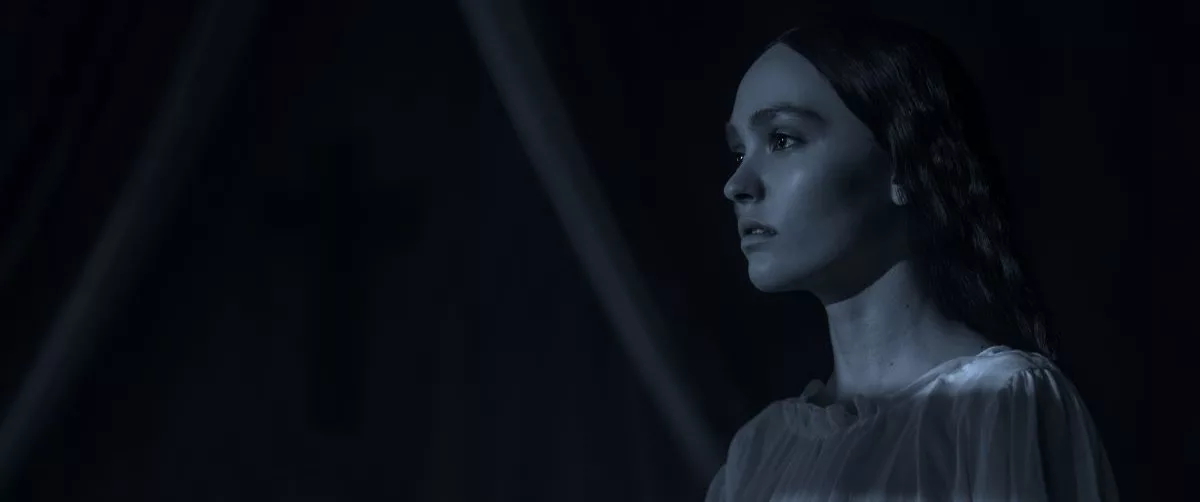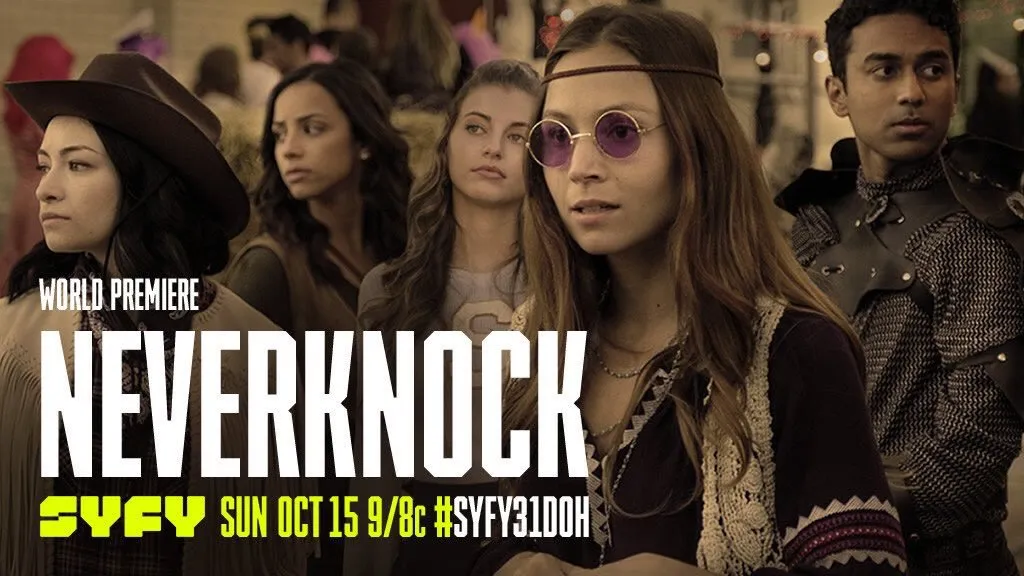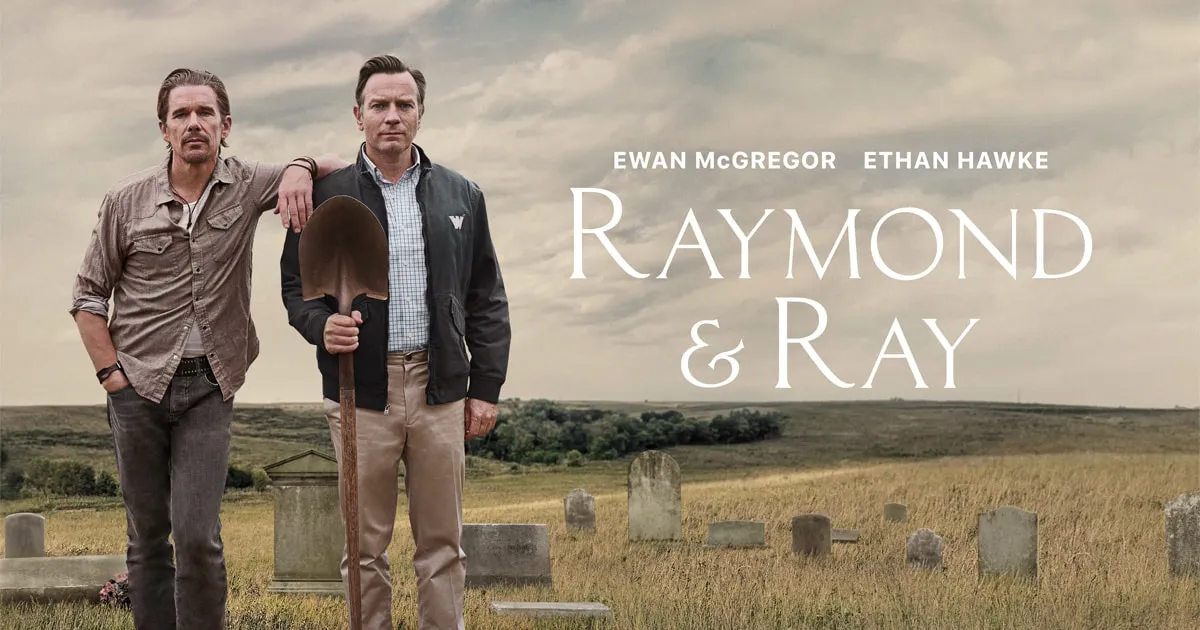Nosferatu (1922), directed by F. W. Murnau, is one of the most iconic and influential horror films in history. A silent German Expressionist masterpiece, it introduced audiences to a terrifying new vision of the vampire—dark, grotesque, and inescapably eerie. Though it was an unauthorized adaptation of Bram Stoker’s Dracula, the film has become a legendary work in its own right, with a lasting impact on how horror is depicted on screen.
At the center of the story is Count Orlok, played with haunting intensity by Max Schreck. Unlike the romanticized vampires seen in later films, Orlok is monstrous—rat-like, hunched, pale, and inhuman. His elongated fingers, wide eyes, and slow, deliberate movements are the stuff of nightmares. He is death incarnate, bringing plague, shadows, and silence wherever he goes.

The plot follows Thomas Hutter, a young man sent to Orlok’s remote Transylvanian castle on business. As the Count sets his sights on Hutter’s wife, Ellen, he journeys by ship to the German town of Wisborg, leaving death in his wake. The narrative unfolds with a creeping sense of doom, made all the more chilling by the film’s stark visuals, twisted architecture, and surreal lighting.
What makes Nosferatu extraordinary is its atmosphere. Shot in black and white with natural lighting and distorted shadows, the film feels otherworldly. The lack of sound only heightens the tension, allowing the visual storytelling and eerie score to dominate the experience. Murnau uses innovative techniques for the time—such as negative exposures and fast-motion—to create a supernatural and unsettling mood.

Max Schreck’s performance as Orlok remains one of the most unforgettable in horror history. Legends even circulated that Schreck was a real vampire, a myth fueled by his strange appearance and mysterious off-screen persona.
Though Nosferatu faced legal battles with the Stoker estate (many original prints were destroyed), it survived—and has since been celebrated as a pioneering work of art. It laid the foundation for the vampire genre and influenced everything from Dracula to Shadow of the Vampire and beyond.

At its core, Nosferatu is not just about a vampire—it’s about fear. The fear of disease, of death, of the unknown creeping silently into the safety of home. Over a century later, its shadows still stretch across the walls of cinema.



